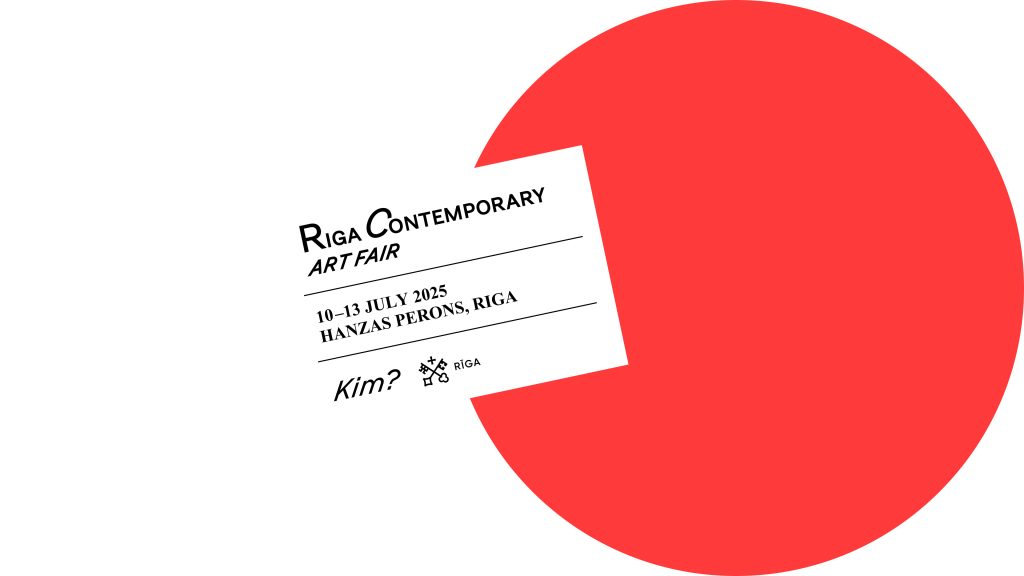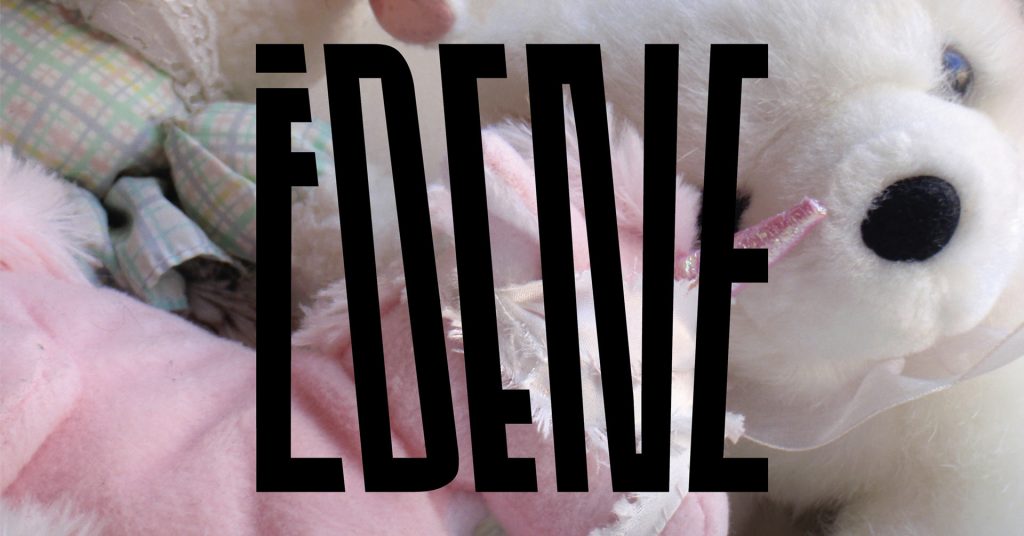Kim? is pleased to announce the inaugural Riga Contemporary art fair. The event will make its debut at Hanzas Perons in Riga, Latvia, with the public welcome to attend from 10 July to 13 July 2025.
Founded by Kim? Contemporary Art Centre – Riga’s first institution to have a continuous ongoing programme of contemporary art exhibitions – Riga Contemporary art fair will feature presentations from more than 35 international galleries. Set within Hanzas Perons, a historic railway warehouse now transformed into a striking cultural venue, the event will provide a platform for contemporary art, showcasing both emerging and established artists and institutions from the region and around the globe. The invitation-only fair will feature galleries from the Baltics, the Nordic countries, the USA, Japan and beyond, presenting a diverse and global perspective on the regional contemporary art landscape.
“We are very excited to announce a new contemporary art fair in Riga, aimed at giving visibility to the region’s art scene, with a focus on the Baltic countries and galleries from Northern and Eastern Europe. At the same time, by bringing renowned galleries from around the world into the mix, we hope to foster new ideas and connections while creating a vibrant art event that appeals to both local and international audiences. By making the participation fee as accessible as possible, we aim to redefine the concept of an art fair as a more community-oriented, collaborative, experimental and knowledge-sharing experience,” comments the executive director of Kim? Contemporary Art Centre, Evita Goze.
As part of Riga Contemporary, a programme of talks and performances will bring together artists, representatives from international galleries, art advisors, Baltic collectors, and other creative industry professionals, fostering meaningful discussions and engagement within the contemporary art scene. The event takes place in close dialogue with international industry professionals, including Jeffrey Rosen, co-president of NADA (New Art Dealers Alliance) and director of the Misako Rosen gallery in Tokyo.
Jeffrey Rosen elaborated on the significance of Riga Contemporary, stating: “Riga Contemporary stands to serve as a much-needed, positively subversive contribution to the glut genre of the art fair. As power within the art world has become increasingly concentrated in long-standing centers and a profit-driven market logic has nearly subsumed any cultural prerogative within the field of contemporary art, this fair aims to reorient focus towards cooperation and collaboration amongst an international peer group in support of a a vibrant art community situated in a region on the periphery of the global art market. In keeping with the spirit of similar models such as the Milwaukee International (2008), Paramount Ranch (Malibu, 2014-2016), Onsen Daisakusen / Onsen Confidential (Atami, Tokyo, 2022, 2024) and the ongoing Villa Projects (Warsaw, Reykjavik, Tokyo, Toronto and, most recently, NADA Villa Warsaw), Riga Contemporary is built upon a strong foundation established by a locally based, internationally active experimental institution – in this case, Kim? Contemporary Art Centre; the event will highlight contemporary art activity in Latvia and fellow Baltic State communities of Lithuania and Estonia situated within a wider region and contextualized further by an international group of participants – both commercial and non-profit. Riga Contemporary will contribute to a growing movement.
Since 2021, Kim? Contemporary Art Centre has actively participated in international art fairs, including NADA Miami (2022), Paris Internationale (2023), Onsen Confidential (Tokyo, 2022 and 2024), Esther (2024, New York), Warsaw Gallery Weekend (2024), among others. Through these engagements, Kim? has provided a unique platform for Latvian and Latvian-born artists to gain international visibility in various contexts. In 2022, Kim? organised a small-scale art fair, Riga Confidential, featuring nine Baltic and international galleries.
Riga Contemporary art fair is created in collaboration with Riga City Council, and it is organized by Kim? Contemporary Art Centre, a member of the NADA (New Art Dealers Alliance) art institutions network.
OPENING TIMES
10 July — 19:00-23:00
11 July — 11:00-19:00
12 July — 11:00-19:00
13 July — 11:00-17:00
Homepage: www.rigacontemporary.com

